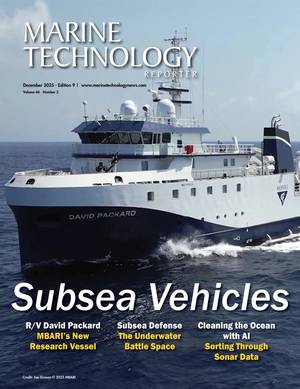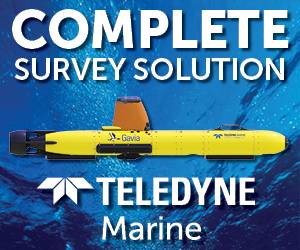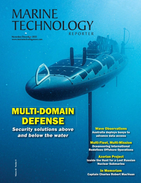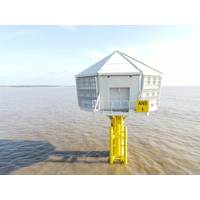
Offshore Wind: Building the UK’s First Nearshore Artificial Nesting Structures
InnovationBoth technologies were critical in delivering real-time insights and monitoring. The Starfix solution provided accurate, in-depth analysis on the positioning of the vessels, crucial for monopile installation. By integrating data from motion reference units and global satellite navigation systems, Starfix ensured the barge and support vessel were always stable and precisely aligned.This level of accuracy was essential for the safe and consistent placement of the structures. Using this technology meant the installation team could rely on a single point of reference for critical data
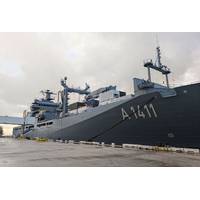
NUWC Division Newport’s AUTEC Range Performs Sensor Accuracy Test of German Ship for NATO FORACS
Test (SAT). The first part took place during an in-port phase in Miami, Florida, followed by two days at sea on AUTEC’s precision tracking range in the Bahamas. The NFA team embedded aboard the ship to install test equipment and measure the performance of radars, optical sensors, inertial navigation systems and laser range finders.The NATO FORACS ranges are located in Andros Island in the Bahamas, the city of Stavanger in Norway and Souda Bay, Greece. The program ensures that an allied ship can be evaluated at any of the three sites and produce consistent results across the board — a principle
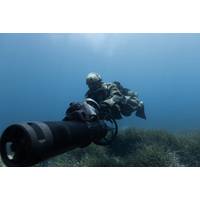
Ensuring Reliable Navigation for Tactical Divers
Diver navigation has long presented a challenge. Ensuring diver safety is crucial, and the consequences of not having reliable navigation and position information are far greater for missions using divers than ROVs or other uncrewed systems. UK-based Blueprint Subsea’s Artemis diver navigation systems are engineered to give operators confidence and control in such situations.Accurate positioning and dead-reckoning navigation capabilities are essential for maintaining situational awareness and keeping divers safe during long-duration underwater missions. Blueprint relies on Nortek’s
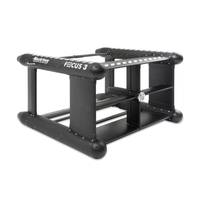
Kongsberg Discovery, MacArtney Partner for ROTV Surveying and Inspection Capability
, signed December 1 at Kongsberg Discovery’s facility in Horten, Norway, was lauded as “a natural partnership”.“This partnership represents an important step toward delivering comprehensive solutions to our customers. By combining all our sonars, underwater positioning and navigation systems from Kongsberg Discovery with MacArtney’s platforms, we can now offer a unique blend of technology and flexibility," said Helge Uhlen, Vice President, OT Sales, Kongsberg Discovery. Uhlen notes applications include, but are not limited to, seafloor mapping, pipeline and cable
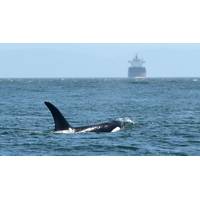
Ocean Wise, Trelleborg Advance Whale Protection Through Global Navigation Software Integration
whale sightings submitted through Ocean Wise’s Whale Report platform as well as visual observations and automated detections submitted by partner organizations delivers alerts to commercial mariners via SMS, email, push notifications and now, directly through Trelleborg’s integrated navigation systems.Building on the success of similar systems on Canada’s West Coast, Trelleborg is partnering with Ocean Wise to deliver real-time alerts to pilots in northwestern Australia – one of the country’s busiest export hubs and a critical stopover for migrating humpback whales from
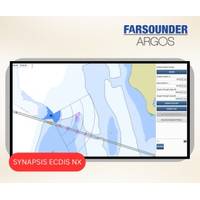
FarSounder Argos 3D Sonar Integrated with Anschütz SYNAPSIS (W)ECDIS NX
, users of FarSounder’s Argos sonar can now view in-water targets, such as submerged obstacles or floating debris, as well as bathymetric data collected by the sonar, alongside traditional navigational data.SYNAPSIS (W)ECDIS NX is known for its modular, user-centric design that unites critical navigation systems to improve safety and reduce cognitive load for operators. With the addition of Argos sonar data, bridge crews gain a clearer, real-time view of what lies ahead, both above and below the waterline. Operators can access both live and historical sonar detections, customize their display by depth
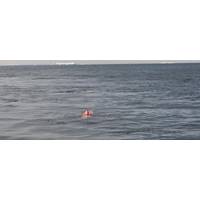
AI is Boosting Operational Autonomy
underwater systems to adapt dynamically to complex underwater environments.”Control systems bridge the gap between decision making and physical execution, and they are increasingly incorporating AI-based frameworks that enable real-time adaptive behaviour by processing multi-modal data from navigation systems.Traditional rule-based systems have been effective in predictable scenarios, but they lack the flexibility to respond to unexpected challenges such as a strong current or an uncharted obstacle.Researchers have increasingly turned to AI-driven decision-making frameworks that incorporate deep
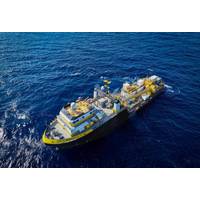
Oceaneering Upgrades Survey Vessel for Simultaneous Autonomous Missions
, carried out in early 2025 on the 25-year-old vessel, has made it capable of launching and recovering both uncrewed surface vehicles (USVs) and autonomous underwater vehicles (AUVs).The vessel, originally launched in 2000 for geophysical and geotechnical survey work, has been outfitted with new navigation systems, hull-mounted sensors, cloud-enabled data infrastructure, and a modernized engine room.The upgrade includes a dedicated Launch and Recovery System (LARS) for autonomous platforms and integration with Microsoft Azure for real-time data processing.“The Ocean Intervention II provides a step
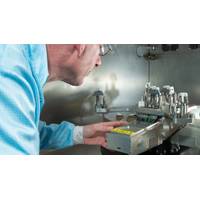
Silicon Sensing, Kongsberg Discovery Join Forces to Develop Gyro Technology
, June 2, during EXPO in Osaka, Japan. The purpose is to bring the companies together to co-develop next-generation inertial technology.Gyro sensors measure changes in rotation angle over time, enabling detection of direction, angle, and vibration. They are used in smartphones, game consoles, car navigation systems, industrial equipment, and devices requiring vibration detection, camera shake correction, and attitude control.This agreement will merge the engineering skills of both companies to speed the evolution of products within each company. Kongsberg will use developments to enhance their next generation
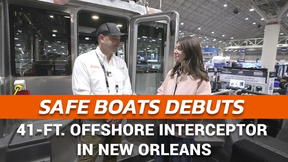
 December 2025
December 2025
